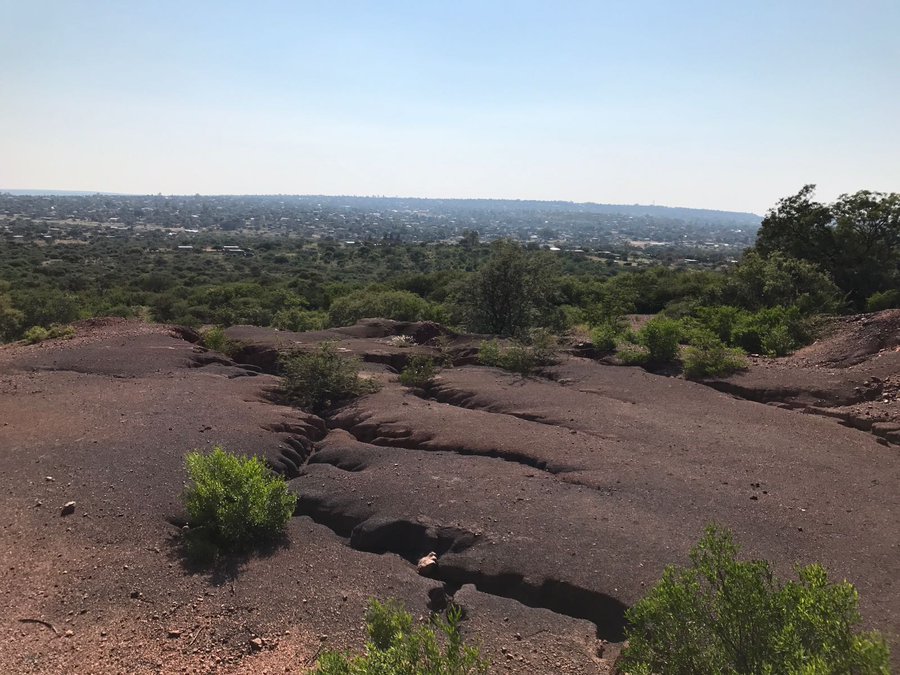
Giyani Metals (TSXV: EMM) has published a new preliminary economic assessment (PEA) for its battery-grade K.Hill manganese project in Botswana, incorporating a significant increase in the mineral resource estimate announced recently.
The updated PEA has a base case scenario considering a single production line to process manganese oxide (MnO) material on-site to produce high-purity manganese sulphate monohydrate (HPMSM), with feed capacity of 200,000 tonnes per annum (tpa) over a 57-year life. Total HPMSM production over the project life is approximately 3.6 million tonnes.
Under this scenario, the K.Hill project would have a post-tax net present value using an 8% discount rate of $983 million (C$1.3 billion), more than doubling its previous NPV of $481 million (C$649 million) from November 2022, and post-tax internal rate of return of 29.4% (versus 28% in 2022).
An upside case scenario is also evaluated, assuming an additional production line from year 5 of operations taking total feed capacity to 400,000 tpa. The upside case would produce a post-tax NPV of $1.6 billion (C$2.1 billion) and post-tax IRR of 33.5% over a 25-year life.
Total initial capital expenditure is estimated at $284 million, with an additional $208 million of expansion capital required in year 4 of the upside case.
On July 13, the company produced an updated mineral resource estimate for K.Hill that reflected a 310% increase in the indicated category at 8.6 million tonnes grading 15.2% MnO, and a 97% increase in the inferred category at 6.1 million tonnes grading 14.1% MnO.
According to Giyani, this significant increase offers the company “greater flexibility in its mine planning and grade scheduling to optimize the feed grade to the plant, as well as extending the operating life of the project.”
“With the operating parameters of the process plant already defined, the PEA demonstrates the economic value of the larger project life offered by the updated MRE and potential upside scale of operations,” Giyani CEO Danny Keating said in a news release.
“These are material improvements and provide the solid basis to commence a new and optimized feasibility study to be completed in 2024, capturing all the learnings and results from the demonstration plant and the results and feedback from off-taker analysis of the HPMSM production,” Keating said.
Meanwhile, construction of Giyani’s demo plant continues in Johannesburg, and the company remains in regular contact with the Botswana Department of Environmental Affairs (DEA) for approval of its environmental impact statement submission, which is required for the mining licence application.
Shares of Giyani Metals surged 11.7% by 12:05 p.m. EDT in Toronto, giving the company a market capitalization of C$41.6 million ($31.5m).